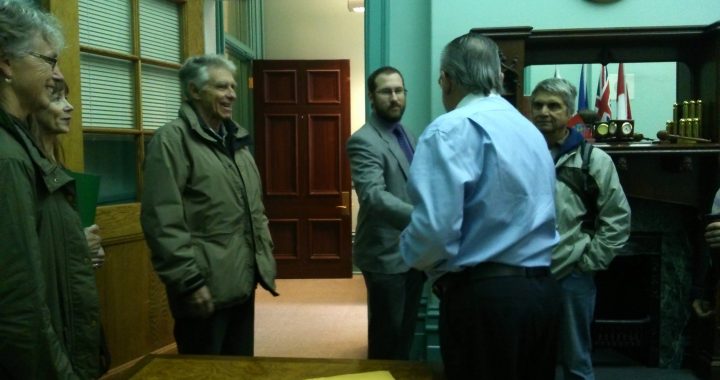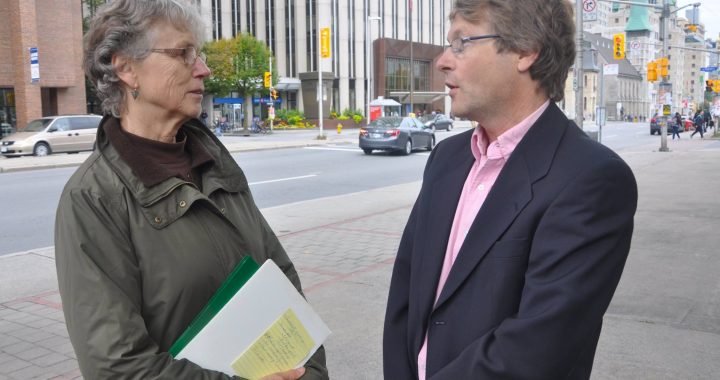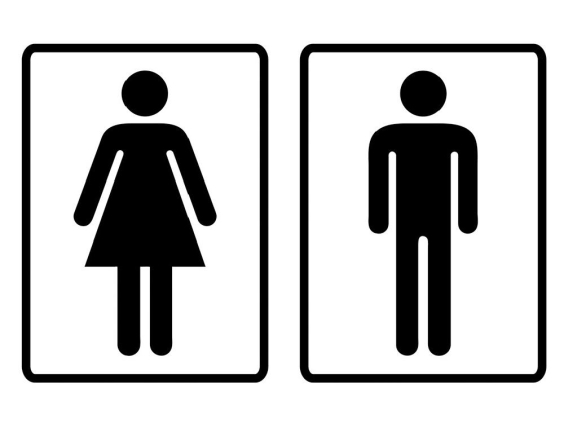Ottawa Sun, December 2, 2015
Joan Kuyek, Guest Commentary
The recent FEDCO decision to consider pay-to-pee options for LRT toilets raises a number of troubling issues about how Council is dealing with this important problem.
At the City Council FEDCO meeting Dec. 1, a staff report on toilets for the LRT stations was received. It said that the “upset limit” for the toilets at Bayview and Hurdman stations would be $2.05 million to build them; that the toilets would have estimated “lifecycle costs” of $224,400 and maintenance costs of $13,000/month. They would be built, managed and maintained by the RTG group (the LRT contractor).
Atlanta recently installed new public toilets in their MARTA rapid transit at a cost of $100,000 each. We know that there is already water and sewer at the two stations in question, and that Hurdman will have a washroom for employees. Why are the costs so high?
The FEDCO Committee has now sent the report back to staff and asked them to report on pay-to-pee options and automated public toilet options by Dec. 9.
The report provided no justification or comparison information for these figures whatsoever. We have seen a number of publicly available reports for other cities on public toilet provision that provide masses of useful information and analysis. This is not one of them.
If there was background work for the staff report, it should be made public. We are suspicious that this research was like the research that led to the original decision in June 2011 not to put toilets in the LRT. LRT implementation deputy manager Pat Scrimgeour told Council then that it was “best practices” not to have toilets in rapid transit stations. When questioned later, he admitted that there were no such studies: he had “talked to a few people.”
We think the costs are grossly overblown, and probably include penalties for varying the contract with the RTG group. We have heard from councillors that the variation penalty is $1 million or more per amendment, although we have been unable to get this information confirmed.
Pay-as-you-go toilets are common in some cities elsewhere in the world. In the U.S. during the 1970s and 1980s, a campaign calling themselves the Committee to End Pay Toilets in America (CEPTA) argued that pay toilets discriminated against the poor and women (since men could use urinals and pee for free and women couldn’t), made people angry enough to vandalize toilets and were not worth the cost. Many states banned pay toilets on this basis.
GottaGo! thinks that public toilets should be supported by taxpayers as a necessary public good. Charging fee-for-service for a necessity of life is an unjust form of tax that falls most heavily on the impoverished and those who need the service the most. Ottawa transit fares (some of the highest in Canada) are already prohibitive for many people in this city.
However, if the only way we can get toilets in the LRT stations is through a user-pay program, then this is better than no toilets at all. At least once they are built, we have the option of lobbying to get the fee removed.
Joan Kuyek chairs the GottaGo! campaign, which advocates for a network of safe, accessible, clean public toilets in Ottawa.



